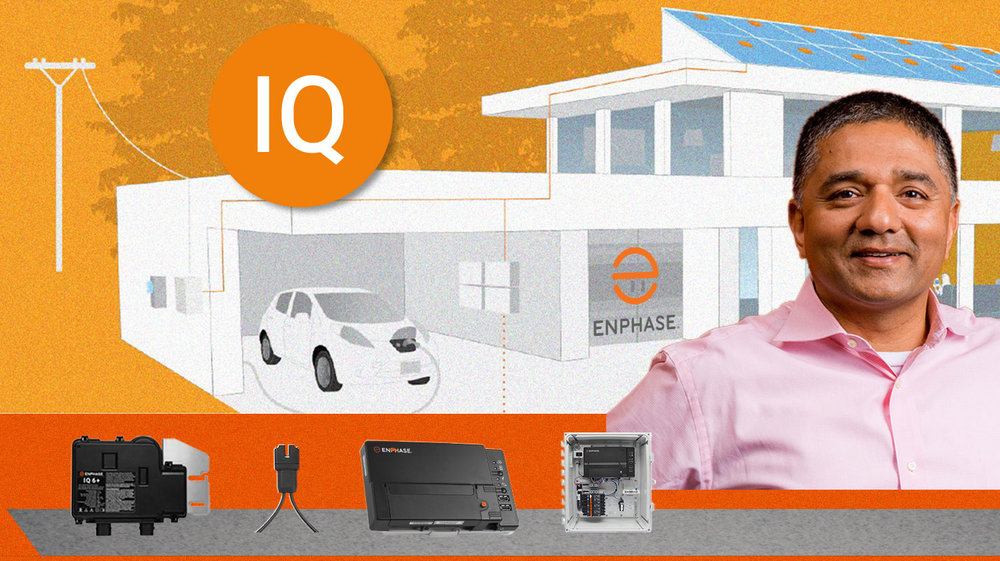
I’m very excited to be talking today with Enphase’s Raghu Belur, Co-founder, and Vice President of Products and Strategic Initiatives.
Raghu has more than 20 years of experience in the clean energy and high technology industries. Prior to Enphase, he developed high-speed optical communication technology for Cerent, which was later acquired by Cisco Systems for $7 billion.
This conversation has been edited for clarity and length.
Tom: Hi, Raghu. Thanks for taking the time today.
Raghu: No problem. Happy to do it.
Tom: What are you seeing in terms of technology trends? Where is the solar industry going?
Raghu: As any technology develops, it always develops in the direction of simplicity. Simplicity and integration. Silicon Valley has been doing that for decades.
In the beginning, technology can support a lot of complexity because the early adopters really enjoy that— it’s part of being an early adopter. But as a market matures and goes mainstream it has to become more integrated and simpler so that it scales to a broad base beyond those early adopters. Increased integration and simplicity—that’s what we see in the residential solar space.
Tom: Is solar ultimately a construction business, or is it something else? Or is it becoming something else? And what does it mean for how the industry scales?
Raghu: That’s a great question. And it’s something, frankly, we’ve talked about a lot. For a whole host of reasons, solar has often been portrayed as a financing business, or a lead generation business, or something else. But the reality is that we are in the construction business. The professionals who are installing solar—roofers, general contractors, electricians, skilled businessmen and women—are very much along the lines of the trades we’ve seen for decades in the construction industry.
There are a couple of notable differences, however. A consumer would generally call a plumber—for example—when something breaks, or when something needs to be replaced. But in solar, a consumer doesn’t necessarily know that they need or want it. So in that case, you have to actually reach out and educate them about the technology, the finances, etc. So, in solar, there is more customer outreach than in the other trades. But short of that, it’s very similar in a lot of respects.
So what does that mean for a technology company like Enphase trying to serve the industry? We have to provide the tools needed to the people in these trades with an easy to use product and easy to communicate benefits to homeowners.
Tom: From your perspective as an inverter manufacturer, what would you like to see from other module and racking manufacturers, in terms of development and innovation?
Raghu: I would go back to simplicity and integration again. What we want to do is create the best product possible for the consumer, which means something that is very reliable, generates the most amount of energy possible, with the highest return on investment. For the installer, we want to do whatever’s necessary to ensure they have a profitable business. And to do that, we need to abstract the complexity away from the installer.
It’s our intention to create products that will allow an installer to install two home energy systems a day, with a crew of three people. And by that I mean: solar, storage, and an energy management system. Three people should be able to install one system in two or three hours, drive to the next system, and do it again. We believe that creates a profitable engagement for the installer, and because of the integration, it also offers a more reliable and simpler solution for the consumer as well.
Tom: Are there other products out there that you’re particularly excited about?
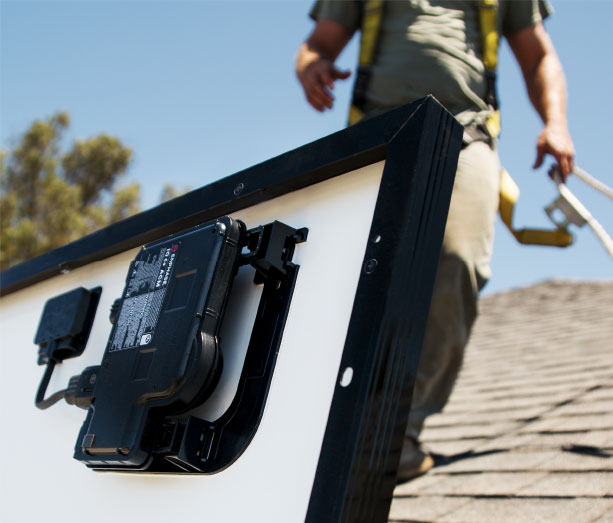
Raghu: I think we need to be careful of being caught up in gimmicks. I think anything that takes the industry away from being simple to install and more integrated is a mistake. And I think the industry needs to develop products that are far more consumer friendly—more plug-and-play. We feel very strongly about the AC Module because we think it takes it in that direction. The AC battery for the same reason. There are some very simple racking solutions I think are interesting. But I believe the industry will continue to grow if we stay focused on helping installers create profitable business and ensure that the consumer product has the reliability that would be expected.
Tom: There are some headwinds in the industry: we’re seeing utilities be resistant to solar in some states. We have the Suniva trade case. What does this mean for growth in the coming years? And for Enphase?
Raghu: I think the foundation continues to look very strong. The dynamics that are making solar popular, which is that it’s simply less expensive than utility energy, is getting better by the day. So we know that solar prices are coming down, and we also know that utility energy prices are going to go up. Those two, I think, are immutable facts. And as a result of that more and more states are becoming solar states—in that the cost of solar energy is now less expensive than utility energy.
Having said that, it does not mean that it’s going to be a simple and clean path. You note that there are some utilities that are more challenging than others. While we have to recognize that there will be roadblocks—and there will be utilities that will make it more difficult for solar—I think we have to look at that in context. Essentially, they can put up roadblocks for only so long because, in the end, the Public Utility Commission has to determine what is best for the public. Is it best for the public to be locked into a particular monopoly and pay more than they might with a solar system? That kind of inequity can only last so long. We saw that in Nevada, where the initial ruling about a year ago was decidedly anti-solar. But over time that decision was reversed, in large part because of public pressure.
And the public pressure will continue to increase because the cost of solar keeps going down, and the cost of utility energy keeps going up. Of course, we have to work very closely with utilities to make sure we create a more stable and safer grid. But the good news behind solar is—if you put all the rhetoric aside—that solar does, in fact, create a more stable and a safer grid. And we are adopting all kinds of technologies in our inverter to help maintain the grid by providing both visibility and control. So I think that there are going to be challenges that come up state by state, and municipality by municipality, but overall the trend is irreversible.
The Suniva trade case also represents a potential road bump. I don’t know how it’s going to end, and I think there’s a lot of work going on on both sides of the case. We are clearly in favor of creating an equitable and competitive environment for modules. It is interesting that, in this case, the ITC is going to be reviewing the case with solar modules, while at the same time we know that cell phones, computers, TVs, all of these—the majority of those are being built offshore. Yet the same kind of attention isn’t being placed on those products.
So we don’t want to do anything that would create an unfair competitive advantage to US module manufacturers. But, at the same time, if there is no evidence of dumping, if there is no evidence of price collusion—and it’s purely a result of the fact that some offshore manufacturers can produce modules at a lower cost—then I think we’re doing a disservice to the consumer. And I think we’re doing a tremendous disservice to the quarter-million people working in solar today to try and artificially create a price parity.
Tom: Can you talk a little bit about some of the important choices that Enphase has made in the past year, in terms of what you’re focusing on?
Raghu: Sure. In a very price-competitive environment, which is what we are in, we had to make certain decisions as to our priorities, so we could reduce our operating expenses and very quickly get back into a profitable state. And that’s all about deciding what not to do and picking your priorities. The genesis of our decisions were based on what we believe is the fundamental direction of the industry, which, as I mentioned before, is in the direction of simplicity and integration. So what we feel deserves the most amount of focus are things like the AC module. The simplest, and most integrated, solar can ever be is an AC module, where you basically don’t know that there’s an inverter there. And that simplicity isn’t just at the installation level—it starts at purchasing. You’re purchasing one SKU. It’s working capital management because you’re not sitting on multiple different products. Everything just became that much easier and simpler.
It’s perhaps a bit ironic for an inverter manufacturer to say this: but what we want is for the inverter to disappear. We want the inverter to melt into the module itself. So that is a key focus. And in order to to do that, there are certain criteria that the inverter needs to have: heat dissipation; weight; size; there’s the mechanics behind it; there’s the business model behind it—which is dramatically different than what we’ve done in the past because we’re now selling to large module manufacturers and working with them, in the field, to support our customers.
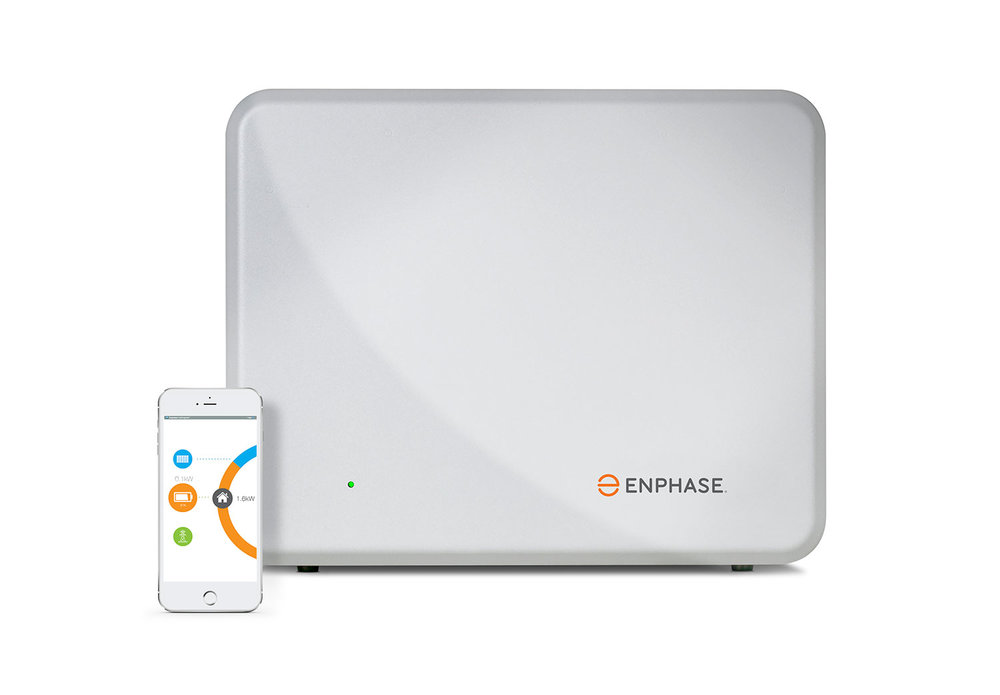
AC Battery, Photo – Enphase
And we had a very similar mentality as it relates to storage. Again, the simplicity is there with the plug-and-play nature of the AC battery. And then in the home energy system, which is incorporating solar, storage, and energy management, in a very simple way. And all of this is happening as we speak: the AC module is in the channel today—people are buying and installing it. We’ve been selling the AC battery for almost a year now, along with the home energy management system.
If we look out a little bit more, our next generation technology, which we’re looking at the end of 2018 to introduce, is all about ensuring that the solar installation is going to work whether the grid is there or not. This is a truly autonomous energy system for a distributed platform.
Tom: Is there anything you didn’t prioritize last year but you expect to come back to?
Raghu: One of the things that we didn’t prioritize was working with utilities themselves, to help them better manage their distributed energy resources. And one of the reasons is that—while it is critical, and it is very likely something we will come back to—the speed with which the utilities are adopting these new standards and being able to manage them, just doesn’t fit in our investment window at this time. So we’re more focused on direct inverter technology that can be seen right away. And the new business model of working with our manufacturer partners to introduce a whole series of AC modules as quickly as possible.
Tom: We hear from some industry futurists about a nexus coming between solar and the smart home. Do you have a vision of what this might look and feel like? To the homeowner?
Raghu: Sure. So, I would differentiate between a smart home and the home energy system. With the smart home, you’re talking about things like smart door locks, lights, cameras, etc. That is one element of home automation that I think is a very interesting trend. But a home energy system is distinctly different.
There may be a day in the future where it’s all one big system, and that certainly makes sense. But I think that’s still years in the future. In the short term, our idea of a home energy system is solar for energy generation, storage, and an energy management system. The energy management system is looking at the dynamic demand profile within a home, coupled with what you’re generating yourself, and managing the storage system to charge and discharge to give the consumer the best ROI. And then maybe leveraging some other elements inside the household as well, maybe the hot water heater.
And all of that needs to be done automatically—in the cloud—so all the consumer sees is that their energy bill is lower, their energy consumption is less than it was before, and that they have a very reliable system that is up and running.
That is what we are producing and selling in areas like Australia and France. And I think we’re going to see elements of that, initially, in Hawaii and some areas of the US. Right now, the price of storage is still too high—that needs to come down. And utilities need to adopt a rate structure and be able to better incorporate storage into the grid. Right now, they’re just discovering storage and trying to figure out the best way to leverage it. So I think storage will evolve a bit slower in the US and will continue to evolve in Europe and the APAC region.
Tom: So how should the solar contractor be planning for all of this? A lot of it sounds like it could make their business more complex.
Raghu: That’s actually a good point, and it’s our job to make sure that it does not make their business more complex, but makes it more robust and more profitable. As an example, with the AC battery, what is required for the installer is simply to hang the battery on the wall, attach it to a branch circuit, and be done. No more than that. You could easily do a 5 kW on a system today with the Enphase AC battery in under an hour.
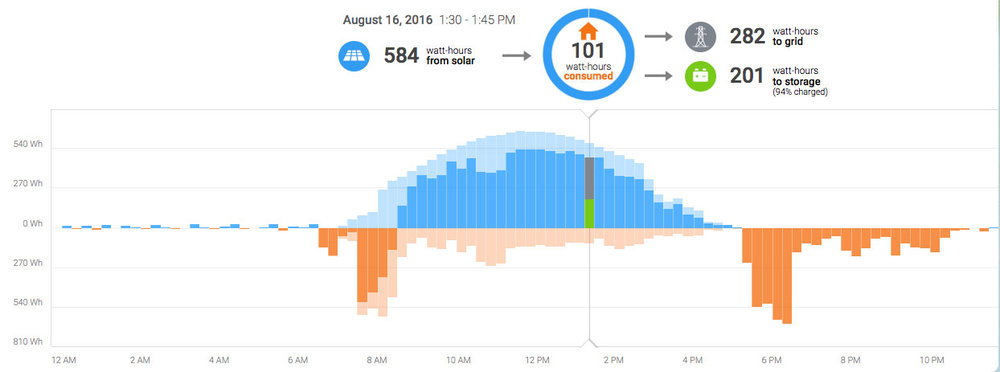
So in under an hour, you now have your full storage system, ready to go. And all of the dynamics behind managing it, incorporating it, understanding what the load profile is, managing the charging and discharge—versus what the solar does—that’s something that Enphase does in the cloud. The installer doesn’t have to know a thing about it. So our view is that, as storage becomes a bigger and bigger part of the energy system, the installer will view it as a new revenue source. A revenue source that’s much faster and easier to install than a solar system—because you don’t have to get on the roof— and with the Enphase reliability already built in. So, in fact, we’ll be introducing more products for them to sell—which I think is a good thing—but we do not create any more complexity. And it’s up to the technology vendor to make sure that that happens.
Tom: You mentioned solar contractors running profitable businesses. Do you have any thoughts on what solar contractors need to do to run healthy businesses?
Raghu: We have so many great partners in that space—men and women who are very savvy business people—so, through them, I do see a few things. Good working capital management. Not extending themselves too far. In many cases, deciding to grow—but maybe not grow as fast as they could so as not to put themselves at risk.
Using product solutions that are known to be reliable is critical. Unreliable products require a tremendous amount of support after the sale is done. And that support can be very draining on an organization, both from a loss of opportunity cost, and the expense of having to go out to a system multiple times to repair it. So these are some of the hallmarks of great businesses. And we are seeing more solar installers today than we ever have. And the rate at which new entrants are coming into the business is also higher than we’ve ever seen.
So I think the trend is positive and I think it represents a very exciting opportunity. Also, electricians, plumbers, roofers, general contractors—the majority of these trades tend to be smaller and local. And we see that local contractors don’t spend as much on customer acquisition—they rely more on their current business contacts, referrals, and things that tend to be more cost-effective. And we’re definitely seeing a trend of more smaller installers, which bodes well for the industry as a whole.
Tom: You mentioned earlier that you want the inverter to disappear. So what is Enphase now? Is it a technology company? Is it a smart home company? How are you thinking about your position in the future?
Raghu: We very much see ourselves as an energy technology company. And our job is to create energy systems for commercial and residential structures. And the delivery of that energy system is going to change over time. Early on, you had high-voltage, you had string inverters, and you had modules. And it was a very complex system—and it was fragile. But people made it work. Today, that system needs to be tightly integrated, where the core of the system is the power electronics and the data management system that runs all of it together.
There are three core technologies: one is the power electronics. Two is the communications technology that gets it to and from the inverter. And three is the cloud-based management system. Today, we’re collecting three or four terabytes of data every day. We use that data to manage each individual energy system on every residence in Australia, in Europe, in Latin America, wherever. So that cloud-based technology base, we will continue to build upon it. It will get smarter, and more robust, every day.
And we are doubling-down on microinverter technology development with the IQ system that we’re releasing right now. And the next generation of that will come out at the end of 2018, with more features and functions than anyone has ever seen on a residential system. The technology behind that, and the energy management, will always be part of Enphase’s mission and vision. And how that’s packaged and delivered to the consumer—that’s what the AC module is all about.
Tom: Great. Well, those are all my questions. We covered a lot. Thanks again for your time!
Raghu: You’re more than welcome. Thank you.
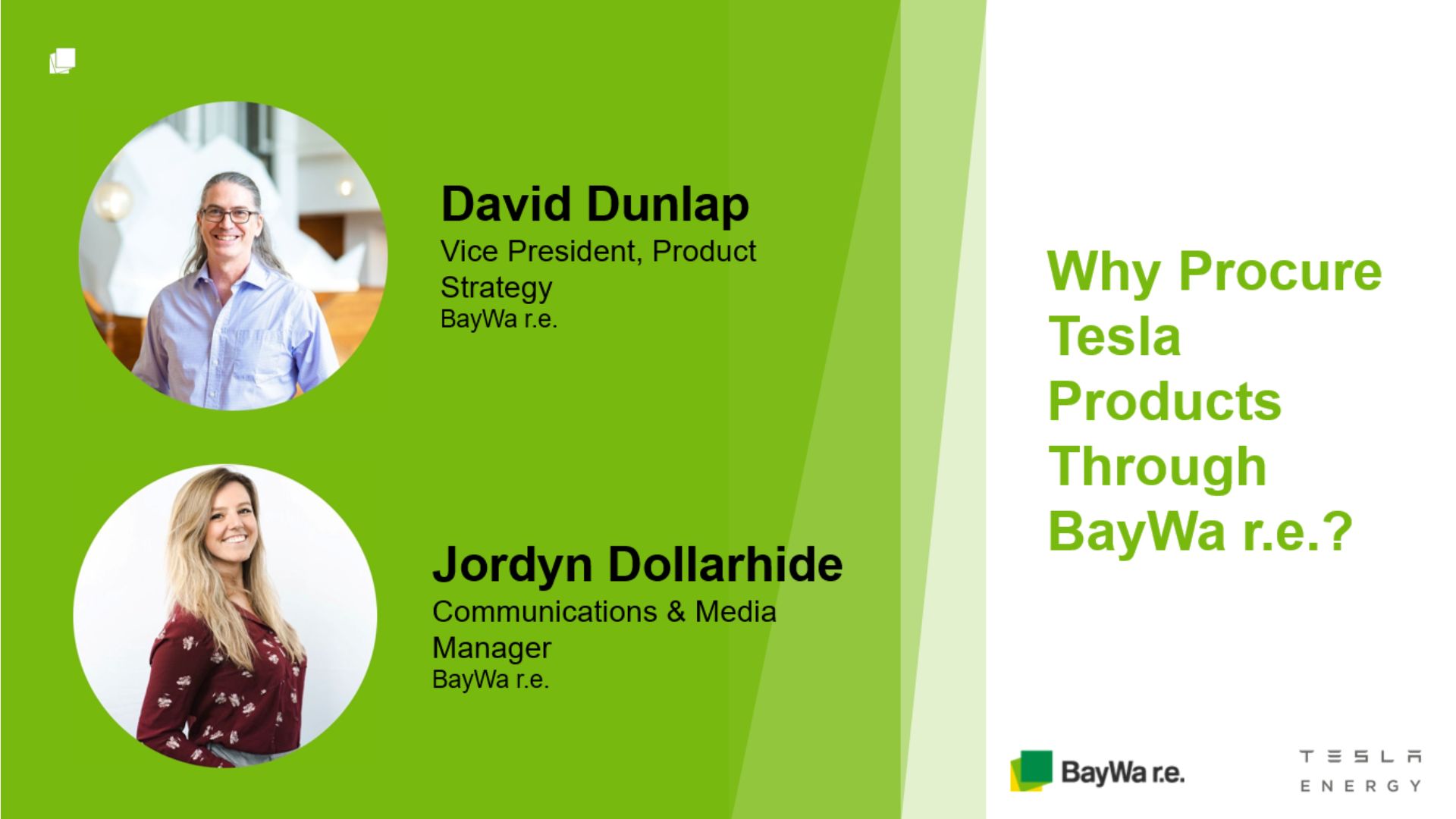
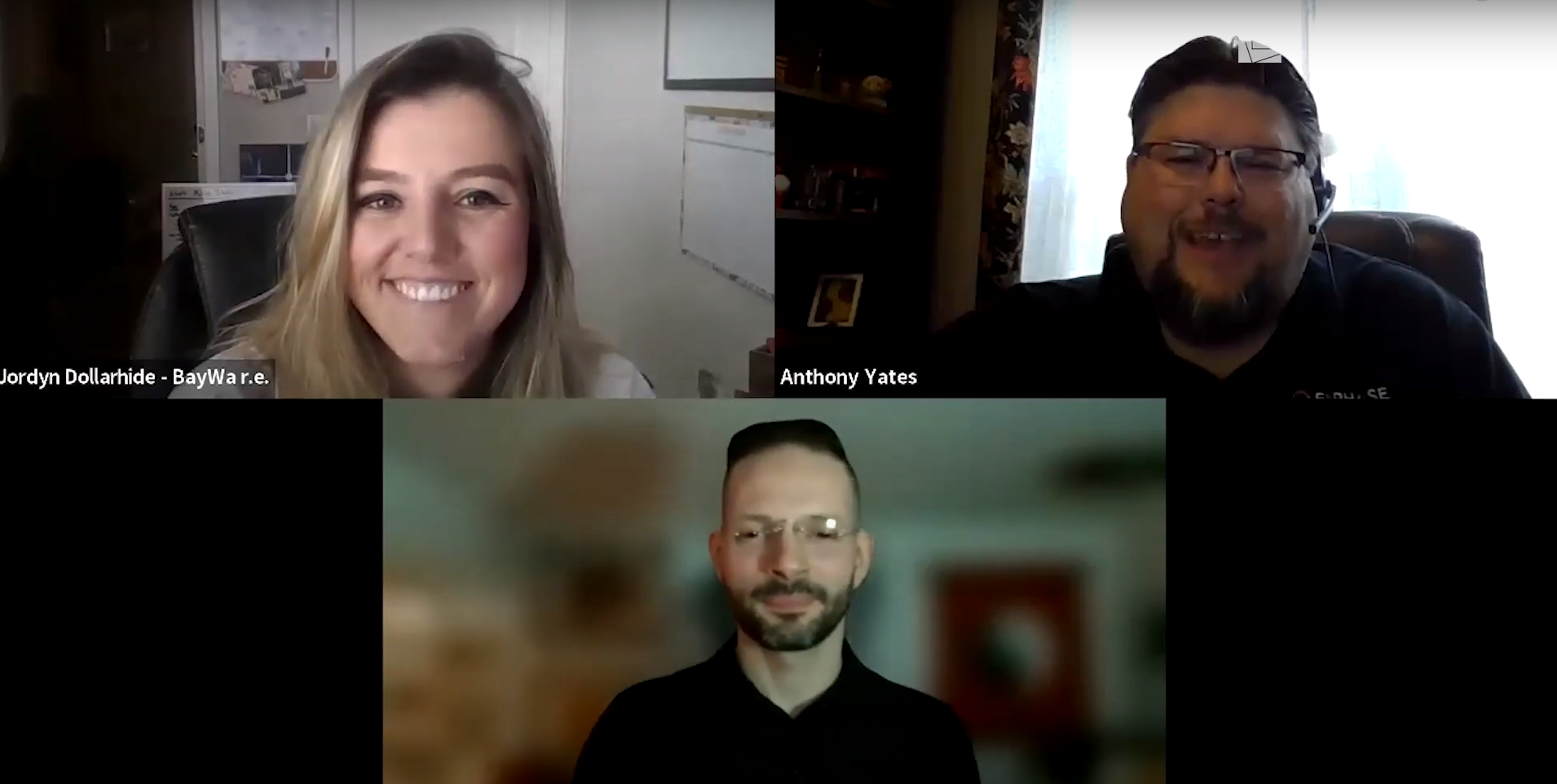
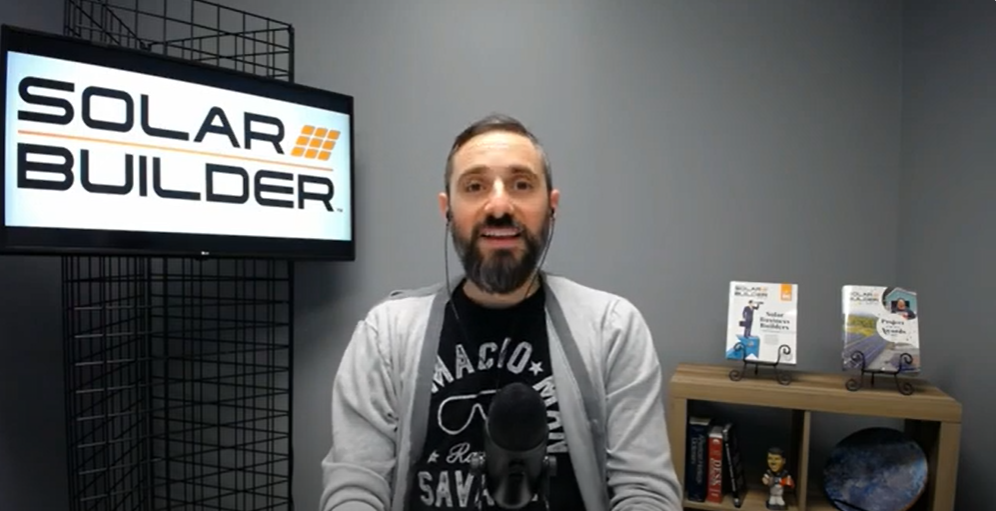
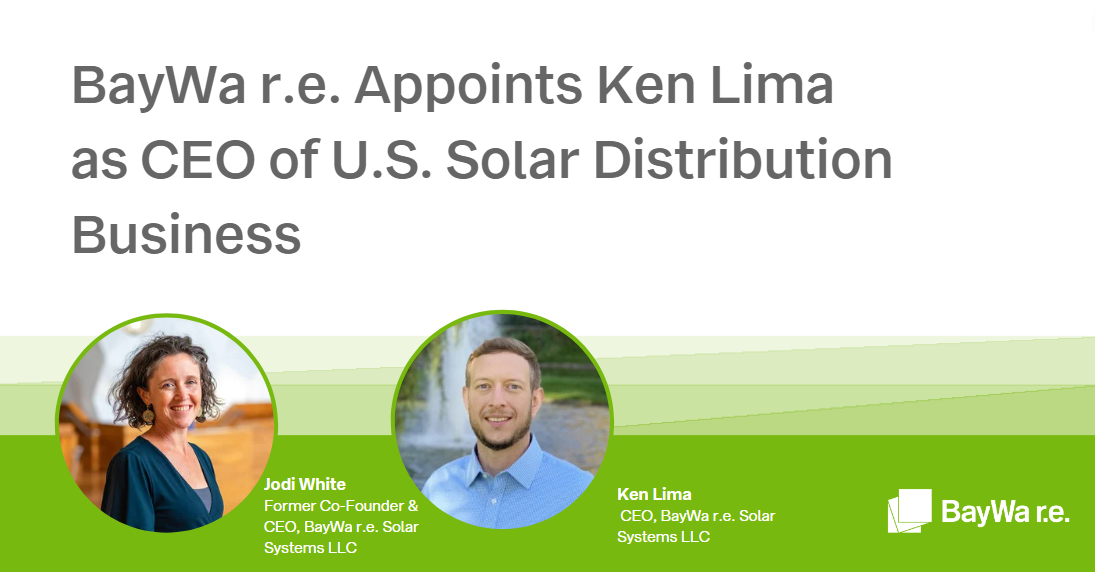
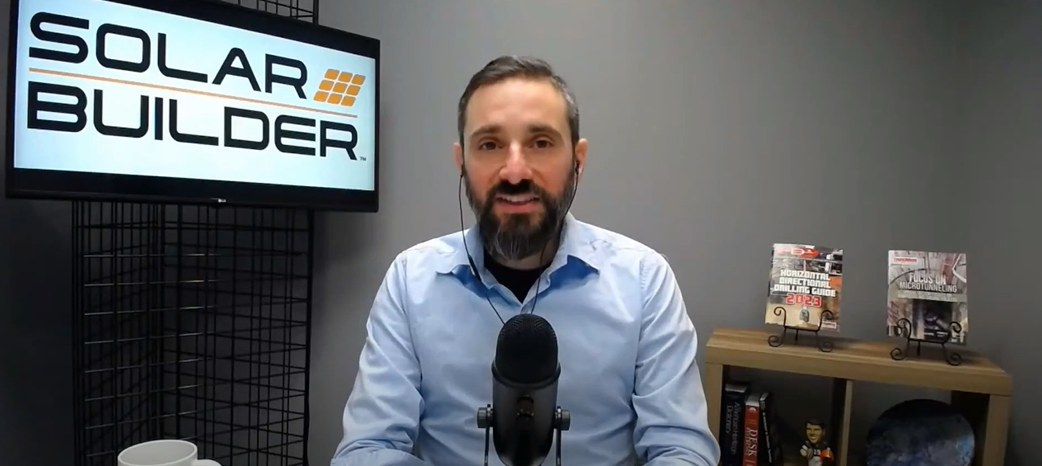
Speaking of making things "disappear"… If there is a way that Enphase could make the AC combiner box not completely disappear, but be smaller, I believe customers would like it. Not everyone’s garage has a lot of available wall space for mounting large boxes like the current AC combiner box. It should be possible to reduce the size of the box and still perform the same functions. Thanks.
Hey Marc, Thanks for the thoughts. Enphase is currently working on developing a smaller version of the Combiner Box. They’re in the early stages of product development, so we don’t have many details yet, but Enphase has confirmed that the next version of this product will be thinner and will probably have a smaller footprint on the wall.
Product Manager
BayWa r.e. Solar Systems